Bonsai trees are a magnificent addition to your garden or any space. If you plan to have one in your space, visit your nearby nursery and understand the basics of these plants and how to care for them.
There are countless varieties to explore, including colorful bonsai trees, those with fruits, and other decorative bonsai varieties. Whether you’re drawn to the vibrant hues of pink bonsai trees or the intricate designs of flowering types, there’s a selection to fit any preference.
You can choose whichever you like and find that you can easily care for them. However, you must remember that bonsai trees turn yellow, just like other trees and plants. So, it is a natural process but also an indication that something is wrong with your plant.
However, this issue can only be fixed if you understand what is wrong with your plant.
Thus, we have covered it for you as we have mentioned all the necessary details regarding your bonsai plant. Read everything carefully to solve your problem.
What Causes Bonsai Plants to Turn Yellow
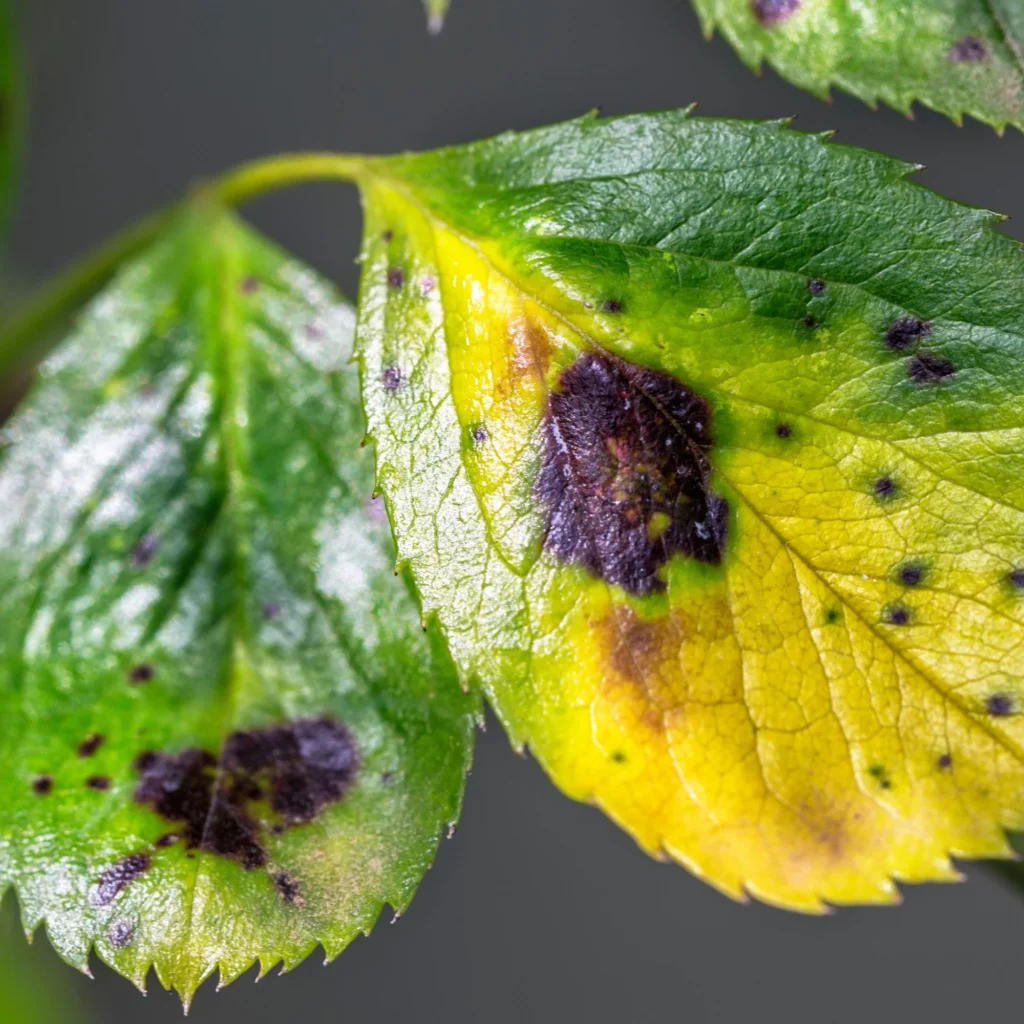
There can be more than one issue that can cause bonsai plants to turn yellow. We have mentioned below some causes that you can look at and treat well before time.
1. Overwatering or Underwatering
Yellow leaves are a common phenomenon occurring in any plant or any bonsai tree. This can be due to improper watering. Sometimes, you tend to give more water to your plant, which leads to overwatering, and there can be a chance that you forgot to water your plant well, which causes a situation of underwatering.
Both cases cause yellowing of the leaves in the bonsai trees. These situations mainly cause stress in the little bonsai trees, resulting in yellow leaves. Also, If the soil is consistently waterlogged, roots can become damaged and lead to a lack of oxygen, causing yellowing.
Solution: You can ensure you follow an appropriate watering schedule for your specific bonsai species. Also, check the soil moisture regularly and adjust your watering routine accordingly.
2. Inadequate Light
We all know plants use sunlight to make food, nourishing their bodies and thus keeping their leaves green and healthy. Some plants thrive in the shade but still need adequate sunlight for healthy growth. If the plant is not receiving enough light, it struggles to produce chlorophyll, resulting in yellowing. Also, sometimes excessive sunlight can lead to the yellowing of the bonsai tree. You need to understand the requirements of your tree and then fulfill their needs.
Solution: You can place your bonsai tree where it can receive the right amount of natural light. If natural light is insufficient for the particular species that your bonsai tree is, then you can consider using artificial grow lights to supplement.
3. Nutrient Deficiency
So basically, plant roots need essential nutrients for their growth, and if they do not get it, it results in the yellowing of the leaves—nutrients such as nitrogen, iron, magnesium, or potassium. A deficiency of any of the nutrients can cause the leaves of a bonsai to turn yellow. This is because a nutrient deficiency disrupts the plant’s normal growth process, which may affect its ability to maintain healthy green colors in leaves.
Solution: Apply a balanced, water-soluble fertilizer formulated for bonsai. However, you should be cautious and follow the recommended dosage and frequency based on the specific needs of your bonsai species.
4. Root Issues
For several reasons, your bonsai tree can have root issues. Root problems like root rot or root-bound conditions, and all of these root issues can cause the yellowing of the leaves. Root rot is mainly caused by overwatering of the soil and poorly draining soil. On the other hand, root-bound conditions are caused when the roots outgrow the pot, leading to inadequate nutrient absorption and weakening the entire plant system.
Solution: To avoid such conditions, all you can do is check the roots and repot your bonsai tree. Furthermore, you should ensure the new pot is well-drained and provides adequate space for the roots to grow. Also, Trim any damaged or unhealthy roots during repotting.
5. Pests and Diseases
Pests and diseases easily attack bonsai trees. Pests such as aphids, spider mites, or fungal infections can infect your bonsai trees easily. This problem can also cause the leaves to turn yellow. Moreover, pests and diseases weaken the plant’s immune system, which affects the tree’s overall health.
Solution: You should check your plant’s health regularly and look for signs of pests and diseases. If you find any signs and symptoms of the disease or pest, treat the plant with appropriate insecticides or antifungal treatments to eliminate the problem.
6. Environmental Stress
Like humans, plants take stress, which is seen in their fruits or leaves. Sudden changes in environmental conditions, such as fluctuations in sudden exposure to harsh weather or drafts, can cause stress to the bonsai and result in yellowing leaves. These are some natural occurrences and can happen to any plant.
Solution: Your plant adapts itself to the changed natural climate.
Conclusion
Turning leaves yellow is common in plants, and several factors can cause this issue. Identifying the main cause of the problem is essential once you observe a certain change in your plant’s leaf color.
Also, this will help you to implement appropriate remedies and revive your bonsai to its healthy, green state. Regular care, adequate watering, proper lighting, balanced nutrition, and timely pest management are key aspects of maintaining a healthy life for bonsai trees.




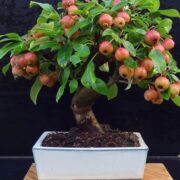
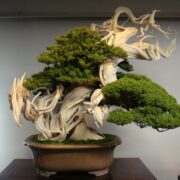

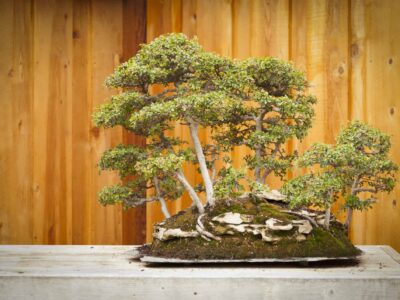

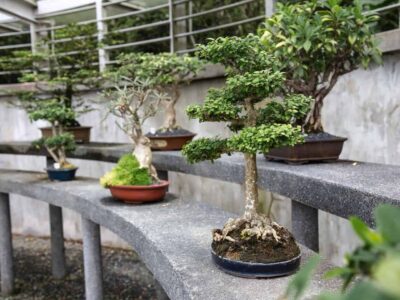
Comments